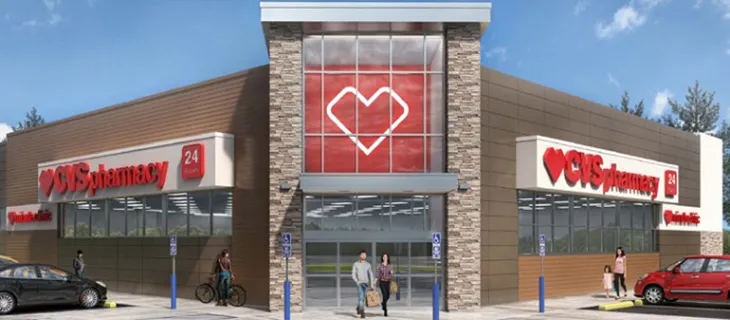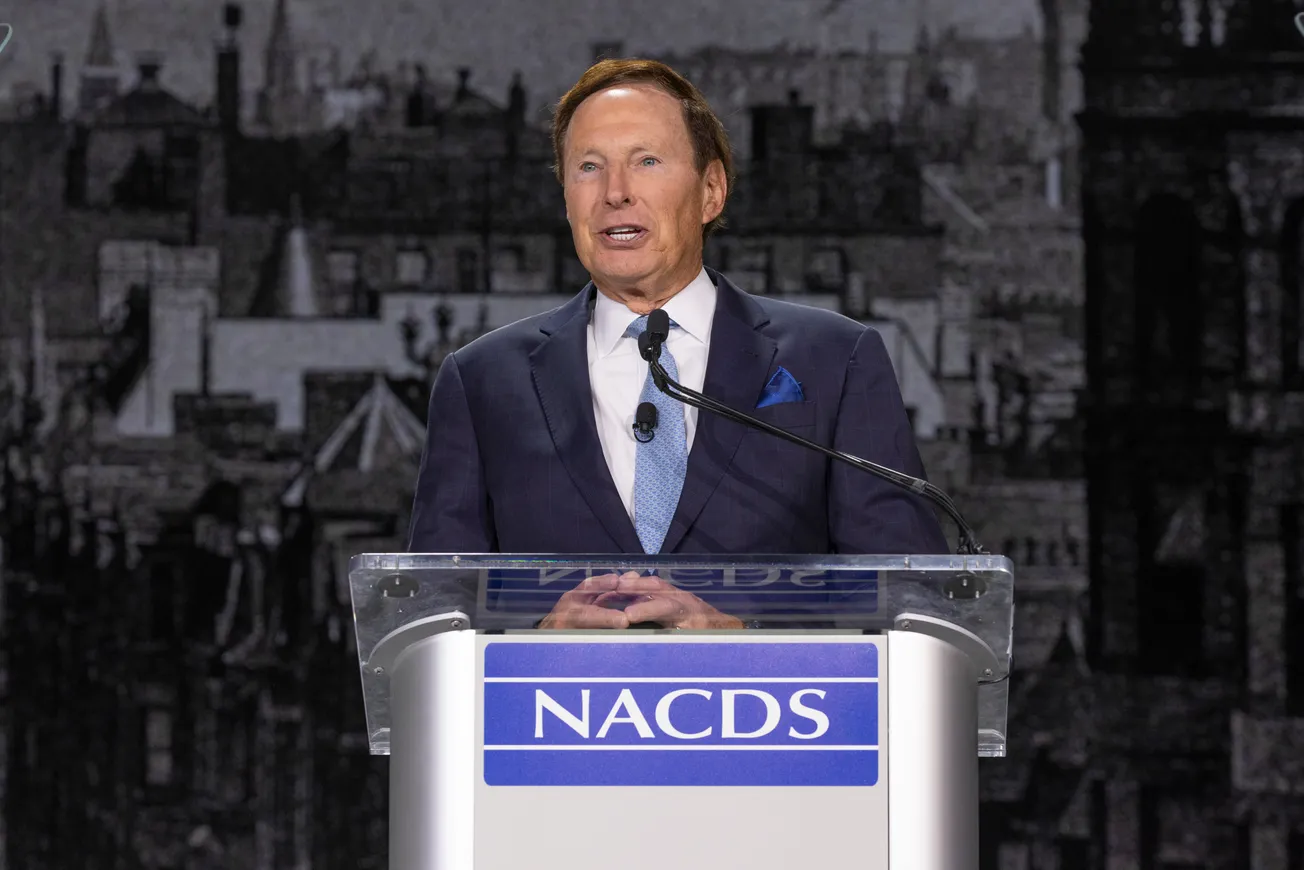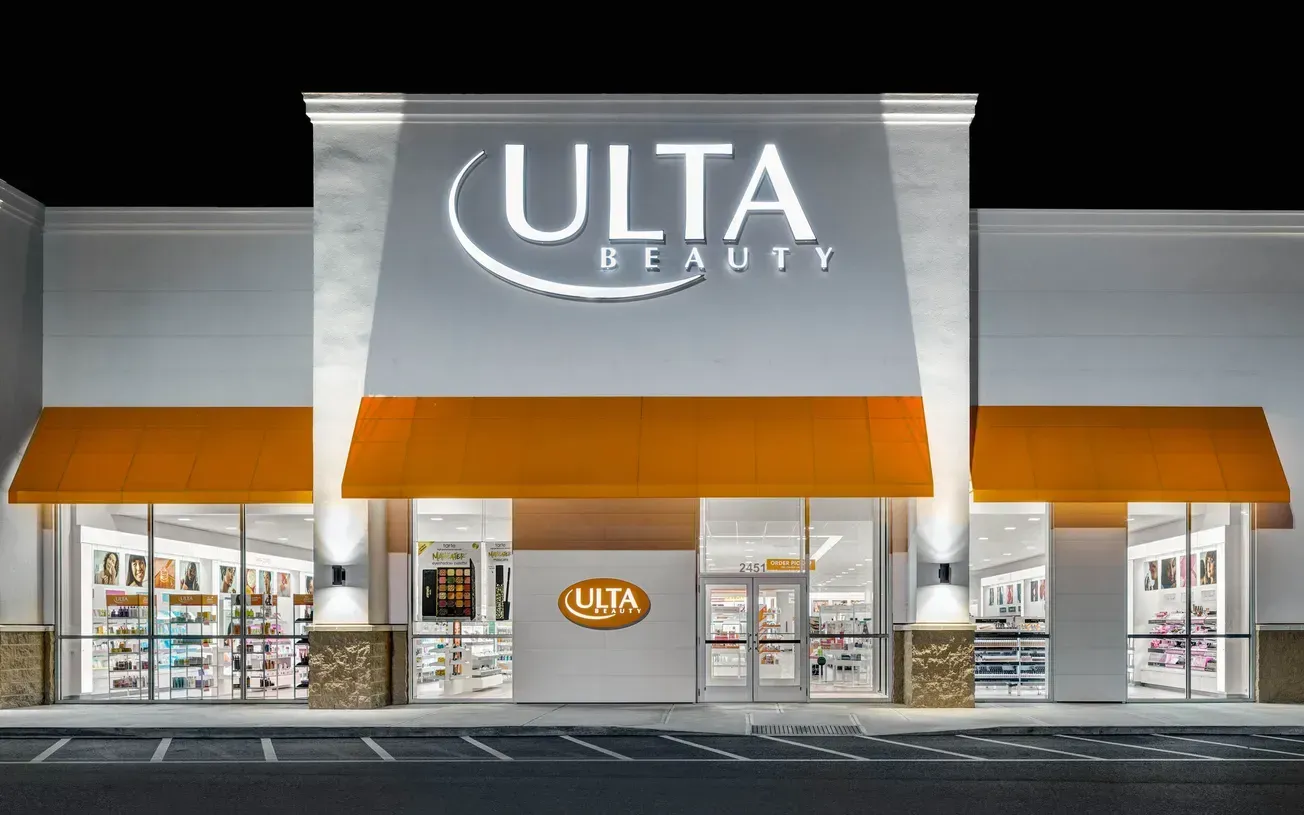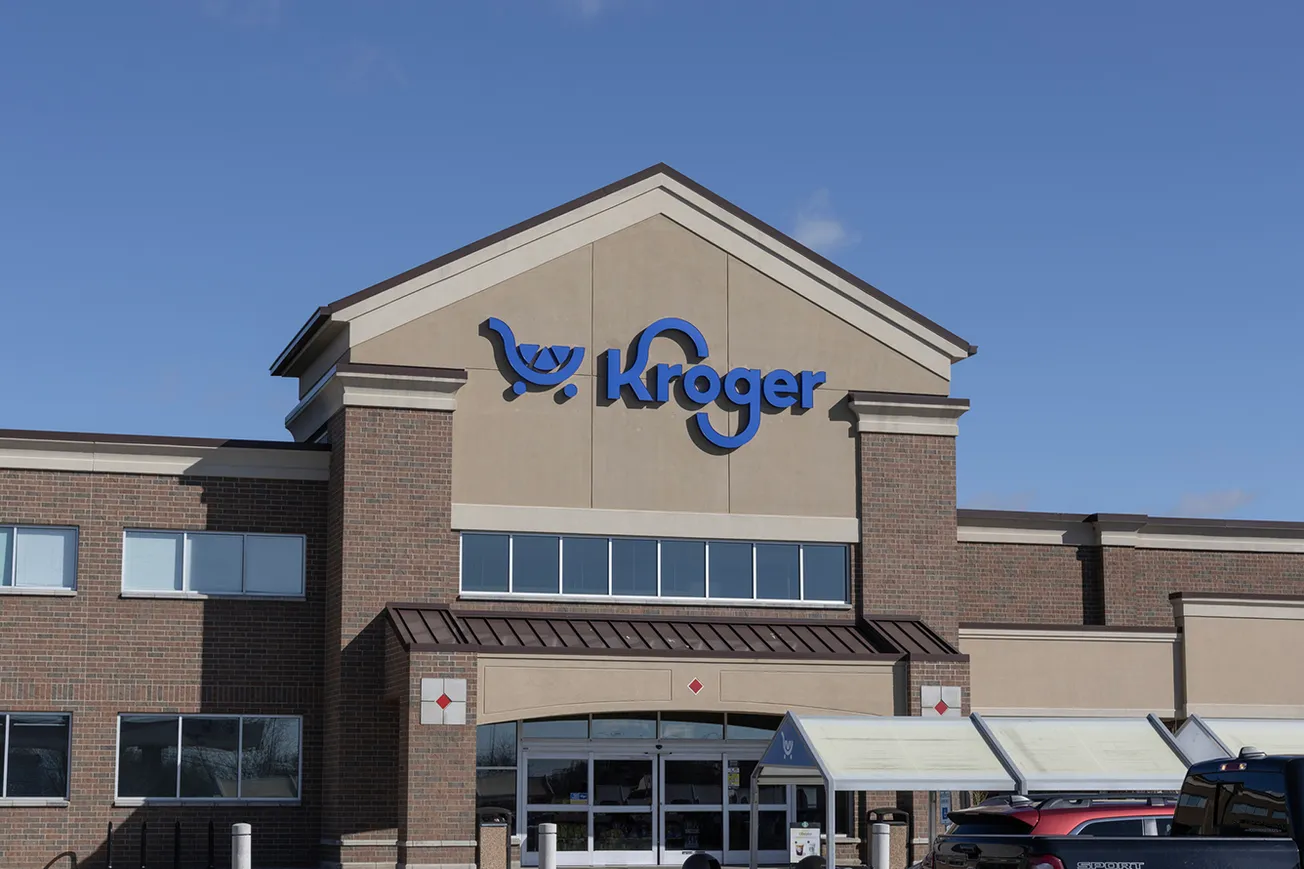WOONSOCKET, R.I. — CVS Health topped Wall Street’s estimates for the top and bottom lines for the second quarter ended June 30.
Revenue, driven by growth across segments, rose 10.3% to $88.9 billion, exceeding analysts’ forecast of an $86.45 billion. While adjusted earnings dipped 12.6% from the year-ago period to $2.21 per share, they beat the prediction of $2.09.
“Our diversified business model delivered strong results this quarter,” said president and CEO Karen Lynch. “We continue to execute on our strategy to expand access to health services across our care delivery channels and strengthen our engagement with consumers to improve their health and well-being.”
For the full fiscal year, the company maintained its adjusted EPS guidance range of $8.50 to $8.70. It also kept its full-year 2023 cash flow from operations guidance range of $12.5 billion to $13.5 billion.
Net income for the quarter slid 37% from a year earlier to $1.91 billion. Operating income decreased 30.7% primarily due to declines in the Health Care Benefits and Pharmacy & Consumer Wellness segments, partially offset by increases in the Health Services segment, a restructuring charge and acquisition-related transaction and integration costs recorded in the current year, as well as the absence of a $225 million pre-tax gain on the sale of PayFlex Holdings last year. Adjusted operating income decreased 10.4%.
Interest expense increased $103 million or 17.7%, due to higher debt to fund the acquisitions of Signify Health and Oak Street Health.
The effective income tax rate decreased to 25.5% compared to 26.4% primarily due to basis differences on the sale of PayFlex in the prior year.
Health Care Benefits revenues increased 17.6%, driven by growth across all product lines. Adjusted operating income decreased 19.9% for the three months ended June 30, 2023 compared to the prior year, reflecting increased outpatient utilization in Medicare Advantage when compared with pandemic influenced utilization levels in the prior year, as well as the impact of lower year-over-year prior period development. These decreases were partially offset by higher net investment income and the continuing benefit of operating expense leverage.
The MBR increased to 86.2%, compared to 82.7% in the prior year driven by increased outpatient utilization in Medicare Advantage when compared with pandemic influenced utilization levels in the prior year, as well as the impact of lower year-over-year prior period development.
Medical membership as of June 30, 2023 of 25.6 million increased 121 thousand members compared with March 31, 2023, reflecting increases in the Commercial and Medicare product lines. These increases were partially offset by a decline in the Medicaid product line, primarily attributable to the resumption of Medicaid redeterminations following the expiration of the public health emergency.
The segment experienced unfavorable development of prior-periods’ health care cost estimates in its Government Services business during the three months ended June 30, 2023, primarily attributable to first quarter 2023 Medicare Advantage performance. This was partially offset by favorable development of prior-periods’ health care cost estimates in the segment’s Commercial business during the three months ended June 30, 2023.
Prior years’ health care costs payable estimates developed favorably by $612 million during the six months ended June 30, 2023.
Health Services segment revenue rose 7.6% from last year’s second quarter ago to $46.22 billion, primarily driven by pharmacy drug mix, growth in specialty pharmacy, brand inflation and the acquisitions of Oak Street Health and Signify Health. These increases were partially offset by continued pharmacy client price improvements.
The segment’s adjusted operating income increased 3.5%, primarily driven by improved purchasing economics, including increased contributions from the products and services of the Company’s group purchasing organization. These increases were partially offset by continued pharmacy client price improvements and decreased COVID-19 diagnostic testing in the segment’s MinuteClinic walk-in medical clinics compared to the prior year.
Pharmacy claims processed decreased slightly on a 30-day equivalent basis , reflecting an expected Medicaid customer contract change and a decrease in COVID-19 vaccinations. The decrease was largely offset by net new business.
Pharmacy & Consumer Wellness revenues increased 7.6%, primarily driven by pharmacy drug mix, increased prescription volume and brand inflation. These increases were partially offset by the impact of recent generic introductions, decreased COVID-19 vaccinations, diagnostic testing and over-the-counter test kit sales, continued pharmacy reimbursement pressure and a decrease in store count.
Adjusted operating income decreased 17.4%, primarily driven by continued pharmacy reimbursement pressure, decreased COVID-19 vaccinations and diagnostic testing, as well as lower front store volume, including the impact of a weaker cough, cold and flu season compared to the prior year and decreased contributions from COVID-19 OTC test kits. These decreases were partially offset by the increased prescription volume described above and improved generic drug purchasing.
Prescriptions filled increased 1.1% on a 30-day equivalent basis, primarily driven by increased utilization, partially offset by a decrease in COVID-19 vaccinations and the decrease in store count. Excluding the impact of COVID-19 vaccinations, prescriptions filled increased 2.4%.
Same-store prescription volume increased 3.6% on a 30-day equivalent basis, or 4.9% excluding the impact of COVID-19 vaccinations.










